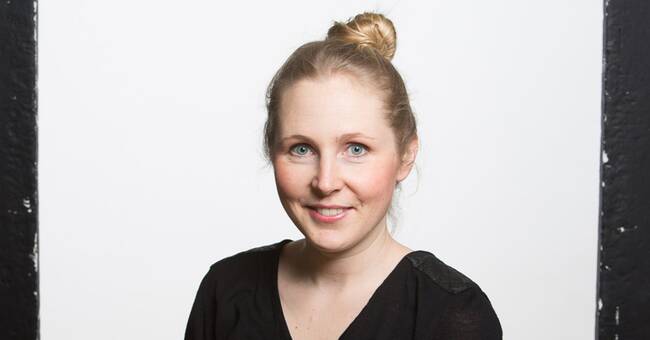She believes that the clothing industry has a strong focus on fiber level, partly because it is easy to communicate to a customer.
- You could say that "these jeans contain organic cotton". But if you look, for example, at the garment's climate impact, the production phase has a greater impact than the choice of fiber, says Magnusson.
In the textile industry, it is the production phase, including yarn production, weaving and wet treatment, that has the greatest impact on the environment and climate. Ebba Magnusson hopes that the clothing industry will focus more on that part.
- Everything you can do to improve those processes is positive. And if you look at both water and energy use and replace chemicals so that no environmentally and health hazardous substances are used, then you have improved that part a lot.
Hoping for circular business modelsIf a company wants to meet the requirements for labeling its products with labels such as Good Environmental Choice, the EU flower, the Swan or Gots, they must go through the entire production chain, which can be a challenge.
- There are many producers who are involved in the textile manufacturing chain and then it becomes difficult to keep track all the way of what has been used. You do not only have one supplier, but it in turn buys from its supplier who buys from its supplier.
Magnusson believes and hopes that the clothing industry will work even more with circular business models to make the garments live longer - that they offer second-hand, repair services or rental garments in stores.
"Can not influence with the legislation"The European chemicals legislation REACH can indirectly affect that environmentally and health hazardous chemicals are not used in the manufacture of imported clothing, according to the Swedish Chemicals Agency.
- But one problem is that it may still be used in manufacturing but washed out before being imported into the EU. We do not want that situation, but we can not influence it with the legislation, says Alexandra Stewart, investigator at the Swedish Chemicals Agency.
Some chemicals remain because you want to keep a certain color or texture.
- But when we see risks with a chemical, we set low limits for what you can have in. Many times the content is so low that you can not have it at all during production.
The documentary The Poisonous Blue River examines the global clothing industry and its environmental impact. The entire documentary is now available on SVT Play and you can find it here.

